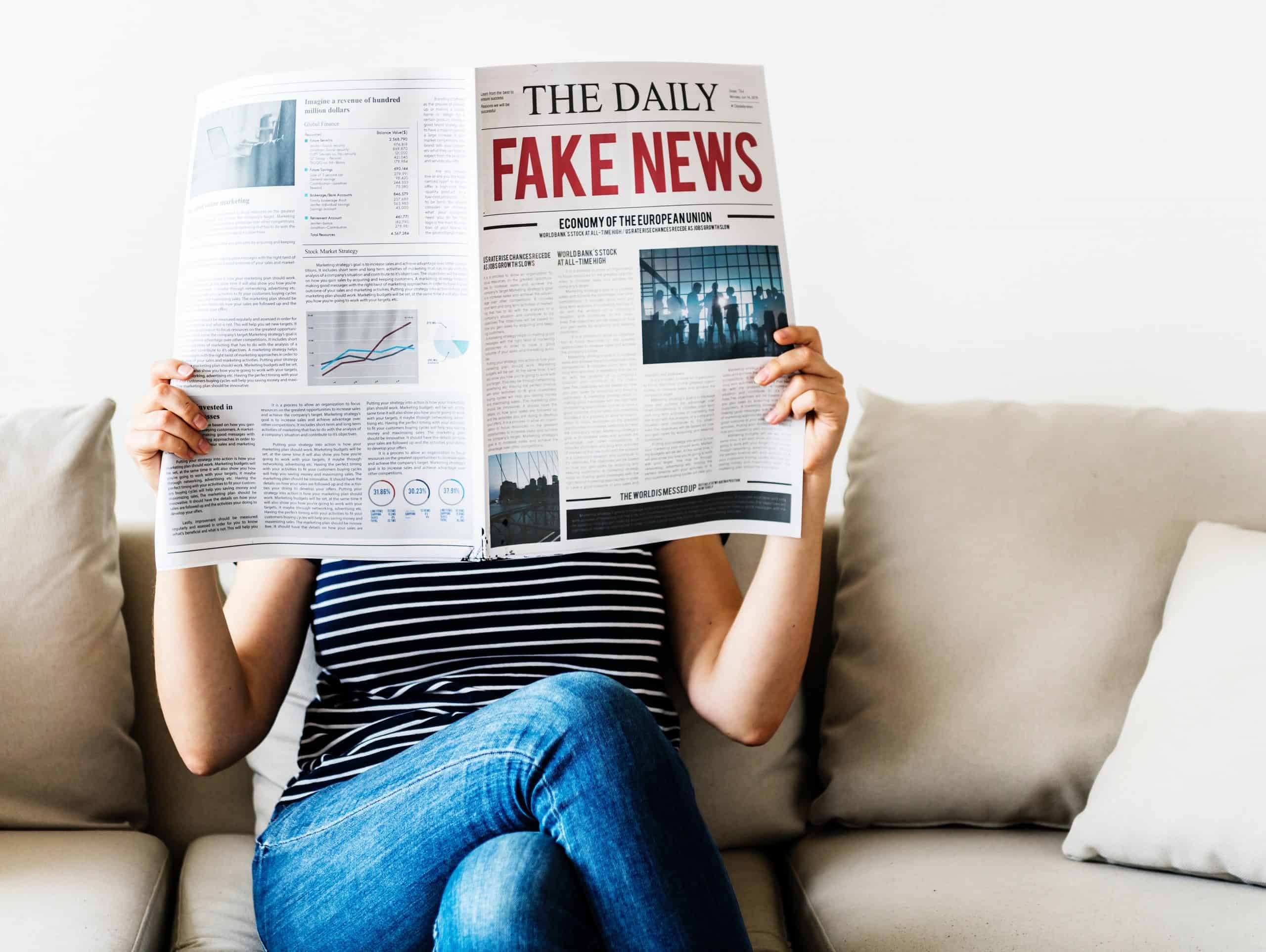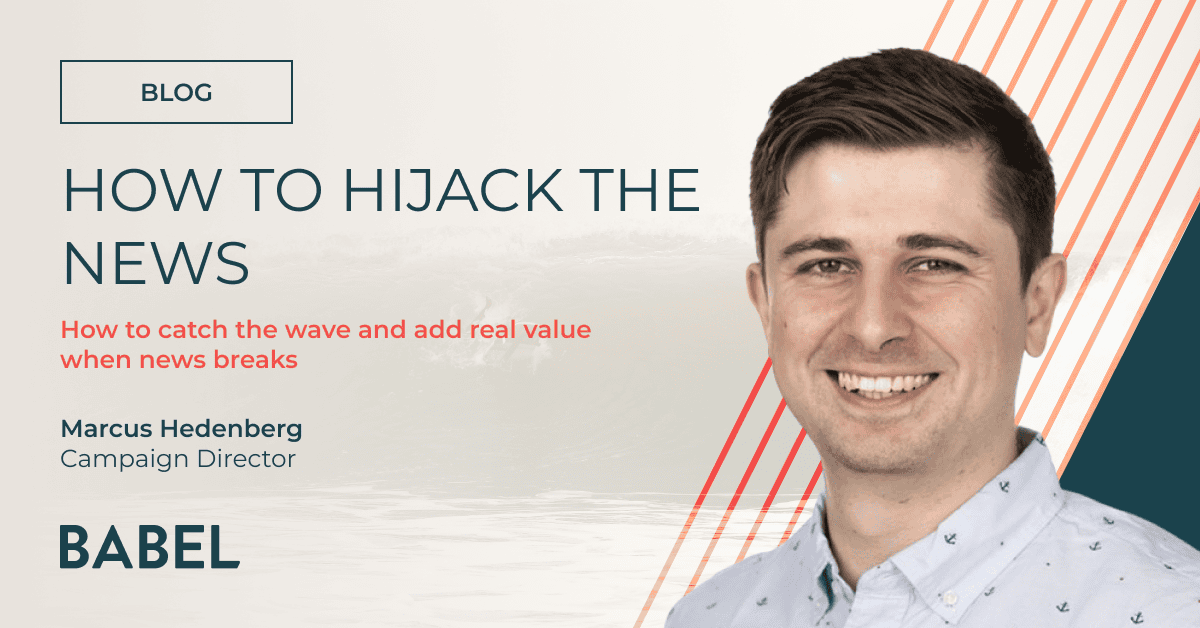
Fake news and future of media and PR
I recently attended the PRCA’s Future of the Media Landscape event in Westminster. The morning session featured experts from the PR and press industries who discussed the current state of the media industry, the impact of fake news and how the landscape will shift in the coming years.
It’s no secret that the media industry is changing. The golden days when newspapers reigned are long gone and the decline of print journalism has been a widely debated topic. This has been brought about by the rapid rise of digital, as more and more people turn to online services for news and content. According to David Cracknell, former Political Editor at The Sunday Times and one of the keynote speakers at the event, the internet is now ahead of radio and newspapers and is the second most popular medium for news after TV.
One subject which I was not surprised to see on the agenda was fake news. The majority of the experts at the event, from press regulators to ex-tabloid editors and PR professionals, agreed that fake news is not a new concept. However, the lines between what is real and what is not are now being blurred, resulting in confusion around genuine stories and those that are either satirical, click-bait or completely fabricated.
The discussion around fake news raised an issue that for me was the overarching theme of the event – trust. Factors including the News of the World phone hacking scandal, Brexit propaganda and other questionable actions by media companies have seen public trust in traditional media fall to an all-time low. People are instead looking to search engines and social platforms rather than professional media as purveyors of truth. Minna Salami, writer and blogger, explained that this has been fuelled by a general anti-establishment sentiment among the public against the press as well as the government and businesses.
Another prevalent theme was the ‘rewriting’ of the role of the journalist. Look back a decade and being a journalist meant investigating a story and writing editorial content that was published or broadcast to readers, listeners or viewers. The internet and social media have now changed the world of journalism. Falling audience numbers and revenues mean cuts to journalist jobs in the UK, upping the workload of those that are weathering the storm. Journalists are now under significant pressure to be the first to break stories, keeping pace with social media and the internet, whilst ensuring they are producing content that is trustworthy and factually correct.
What does this mean for the world of public relations? And how can PR professionals adapt in an era of fake news and churnalism? For starters, we need to understand that journalists have less time and resources than ever before. Building strong relationships and getting to know each journalist’s individual needs, specific patch and deadlines is vital.
As PRs, we have a part to play in making sure the stories we provide to journalists are robust, accurate and relevant. It’s all about creating a package that is easily accessible to them and which includes supporting content such as solid stats from a reputable source, videos, images and case studies to create a well-rounded and complete story.
The media landscape is certainly evolving and with it come changes to the world of PR. Yet one thing remains the same, and was a key takeaway from the PRCA event: the PR and media industries must collaborate and cooperate, not only to fight the war against fake news, but to ensure traditional journalistic values are upheld in the digital revolution.





